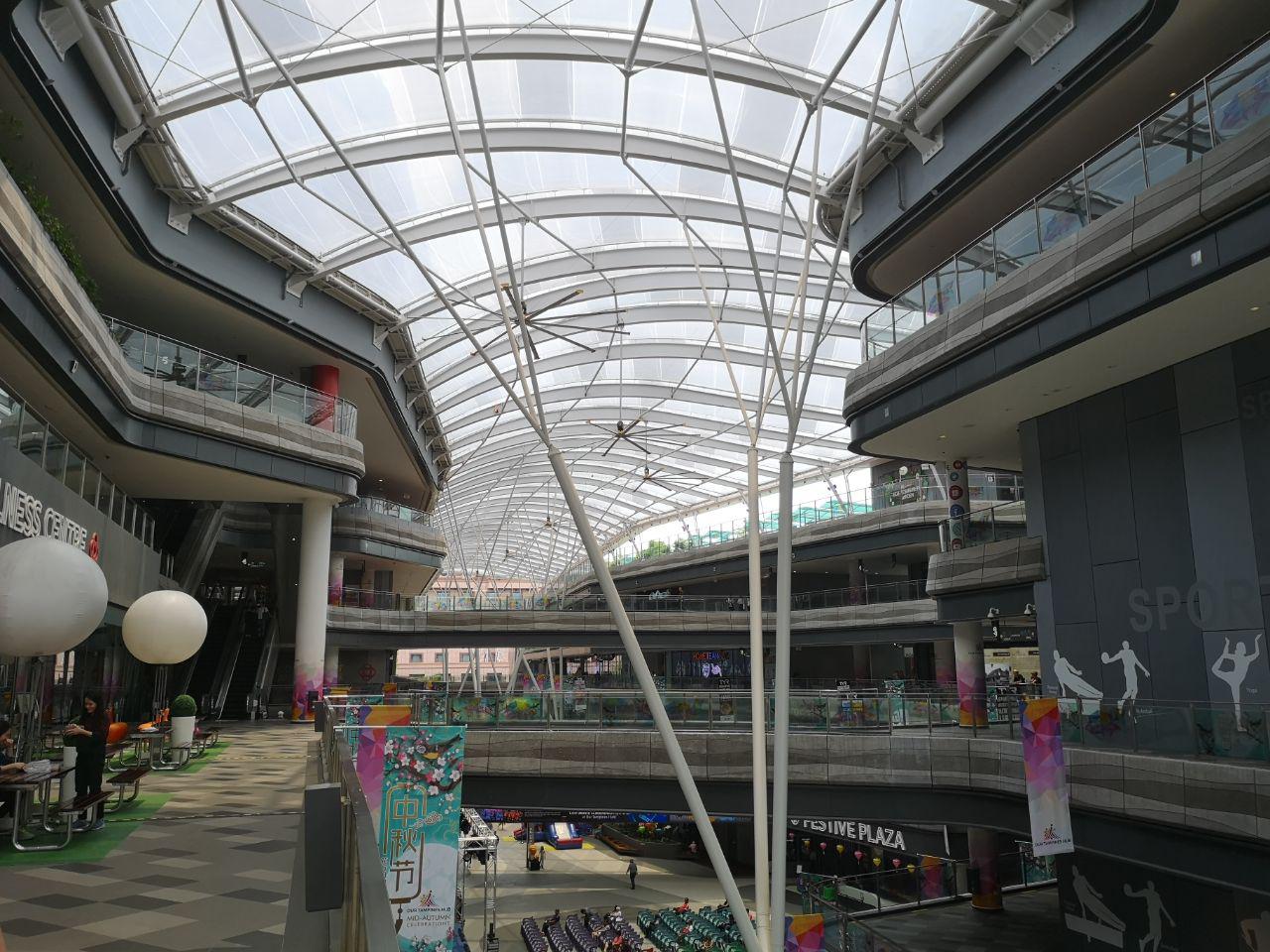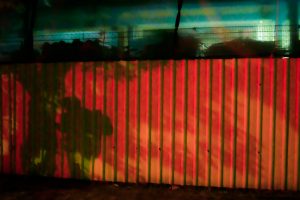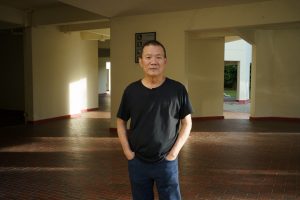After the brilliant high of the weekend comes to a stuttering halt, we wipe away memories of our overindulgent cafe brunches and beachside strolls in dreary anticipation of the coming work week.
I’m talking of course, about Mondays. Garfield the cat hates them, and so do we.
However, not everyone is as averse to the first day of the week as everyone’s favourite fat tabby. Head over to your neighbourhood clinic any Monday morning and marvel at the length of the line outside. You can imagine why some GPs love Mondays.
In the queue, you will find your perennial over-sleepers, malingering students, and on rare occasions, the sick. Which is why I was surprised when I saw an aged man ambling out of a neighbourhood clinic in Tampines.

“I’m already so old. That means my immune system is very weak. If I don’t take care of myself, who will?”
“I love my children,” he adds, “But I don’t want to rely on them financially. Anyway, they have their own families to raise, let them use the money better.”
Within a minute of meeting the financially astute Mr Teo, I already find myself thoroughly impressed.
He elaborates further, telling me that he was trying to find out which clinic in the vicinity charged the lowest for a flu vaccination after deducting his CHAS (Community Health Assist Scheme) subsidies.
CHAS offers subsidies for medical and dental care for Singaporeans, tiered in three categories.
Households with a monthly income of $1,100 per person and below qualify for the Blue Health Assist card, which gets them for the most CHAS benefits after the CHAS for Pioneer Generation. Singaporeans who are Public Assistance (PA) cardholders also receive the same benefits.
Meanwhile, individuals in a household where the monthly income per person is between $1,101 and $1,800 receive an Orange Health Assist card. While not as powerful as the Blue card, it still covers a comprehensive list of medical conditions.
Then there is the CHAS for Pioneer Generation, which all Singaporeans who were at least 16 years of age in 1965 qualify for. Mr Teo is one of them.
“As a retiree, I don’t have much to do every day. Since I have the CHAS benefits as a member of the Pioneer Generation, I decided to look around for the best price in the neighbourhood.”

“For people who have CHAS, it’s good for them. So far, I use quite a bit already, only haven’t go see for this,” he said, gesturing towards his pearly whites.
When CHAS was first implemented, a common misconception was that you only could only get subsidies at a polyclinic. However, as Mr Teo explains, you can also get subsidised rates at a GP or a dentist with the Pioneer Generation or Health Assist cards.
In spite of this, some feel that the psychological benefits that CHAS brings about is even more valuable.
Dr Tan, a General Practitioner at Seasons Clinic, believes that the shift in mindset over patients’ willingness to see the doctor will save more lives than the actual subsidies.
“Previously, people will wait for something serious to happen before going to see the doctor. But by the time they come and see the doctor, it might already be too late,” he shares, frustration apparent in his voice.

“When they come earlier, we can help them to do some lab tests or even X-Rays, which can all be claimed under CHAS subsidies.”
In fact, I learn that savings that CHAS cardholders get at clinics such as Seasons Clinic cannot be understated. Blue Health Assist card holders receive up to $18.50 in subsidies each time they visit the doctor for common illnesses such as a cough or a cold. Meanwhile, Pioneer Generation card holders receive up to $28.50 in subsidies for the same ailment.
Dr Tan also tells me that people who suffer from chronic conditions receive the most benefits, with some patients saving over $800 per year from their visits to the doctor. It’s not an amount to be sniffed at, considering that these are people who are in financial need in the first place. These conditions include: high cholesterol, hypertension, diabetes, and arthritis.
Most of these conditions are directly correlated with age, and with a population that is ageing so quickly, to the extent that one in four of the population will be 65 and over in 2030, it is inevitable that there will be more Singaporeans who suffer from such chronic conditions.
Today, the average annual government healthcare subsidies received by an elderly person is more than six times that of a younger person, or about $4,500 more.
The figures are staggering. To cope with an ageing population and increasing chronic disease burden, we will need to spend more on healthcare. $10.2 billion is estimated to be spent this year, with average annual healthcare spending expected to increase by another $3.6 billion in today’s dollars over the next decade. Other than CHAS subsidies, this will go into building and operating more hospitals, polyclinics, and other healthcare facilities, and enhancing healthcare subsidies.
To put that in perspective, the estimated spending for this year is 14% of what the government expects to collect from taxes, fees, and other charges.
Not everyone is as lucky as Mr Teo, who can run circles around many men younger than him.
As I bade him farewell, he left me with a parting statement.
“You have to take good care of yourself too! At the end of the day, no point being sick, prevention is always better, so it’s important to be healthy first.”
And with that, he smiled and headed towards the nearby polyclinic with a pep in his step.






